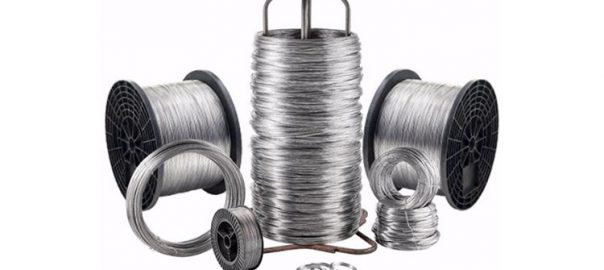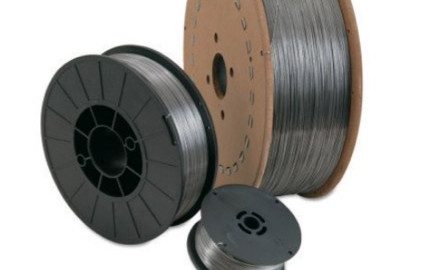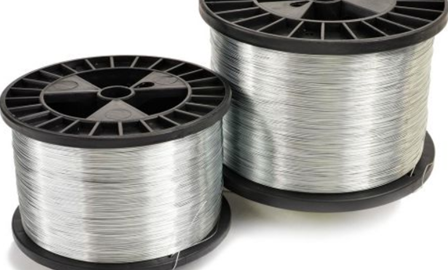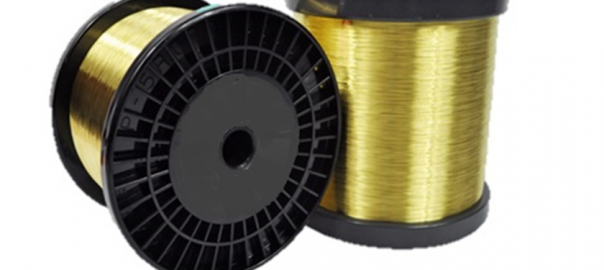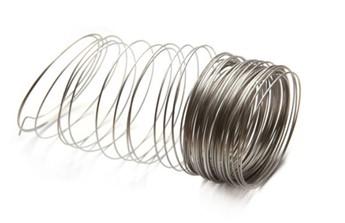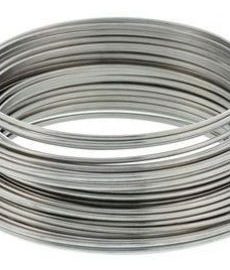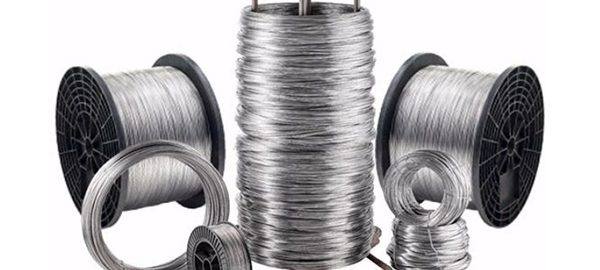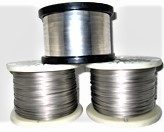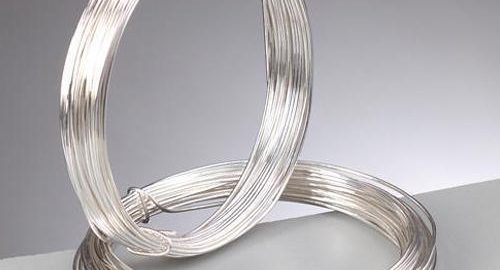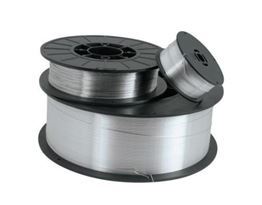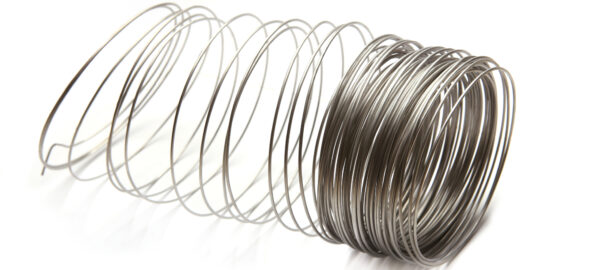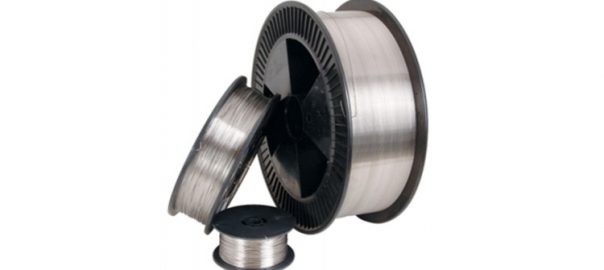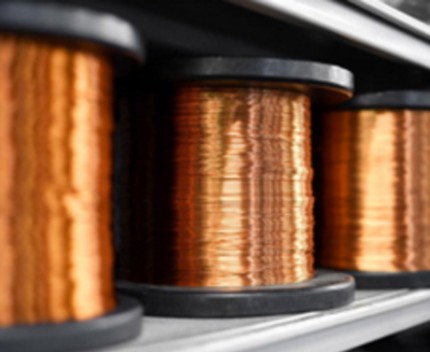
Phosphor Bronze 510 is a type of phosphor bronze alloy that typically consists of copper, tin, and phosphorus. This alloy is known for its excellent combination of strength, corrosion resistance, and electrical conductivity. While it may not be as commonly used as other materials, it does find applications in various industries. Some of the industries where Phosphor Bronze 510 may be utilized include:
- Electrical and Electronics:
- Connectors and terminals: Phosphor Bronze 510’s electrical conductivity and corrosion resistance make it suitable for connectors and terminals in electronic components.
- Springs and contacts: Its spring-like properties and good conductivity make it useful in applications where electrical contacts or springs are required.
- Musical Instruments:
- String instruments: Phosphor Bronze is commonly used for strings in guitars and other stringed instruments due to its durability, corrosion resistance, and desirable acoustic properties.
- Automotive:
- Connectors and terminals: Phosphor Bronze 510 wire may be used in automotive connectors and terminals where a combination of electrical conductivity and corrosion resistance is important.
- Industrial Equipment:
- Bearings and bushings: Phosphor Bronze alloys are known for their wear resistance, and they may be used in industrial applications such as bearings and bushings.
- Aerospace:
- Electrical connectors: In aerospace applications where lightweight, corrosion-resistant materials with good electrical properties are needed, Phosphor Bronze 510 may find use.
- Marine Applications:
- Marine components: The corrosion resistance of phosphor bronze makes it suitable for marine applications, such as in the construction of ship components or marine equipment.
- Telecommunications:
- Connectors and terminals: Phosphor Bronze 510 wire may be used in the manufacturing of connectors and terminals for telecommunications equipment.

It’s important to note that the specific application of Phosphor Bronze 510 can vary depending on the requirements of the industry and the properties of the alloy. Manufacturers and engineers may choose this material for its specific combination of mechanical and electrical properties in various applications.




